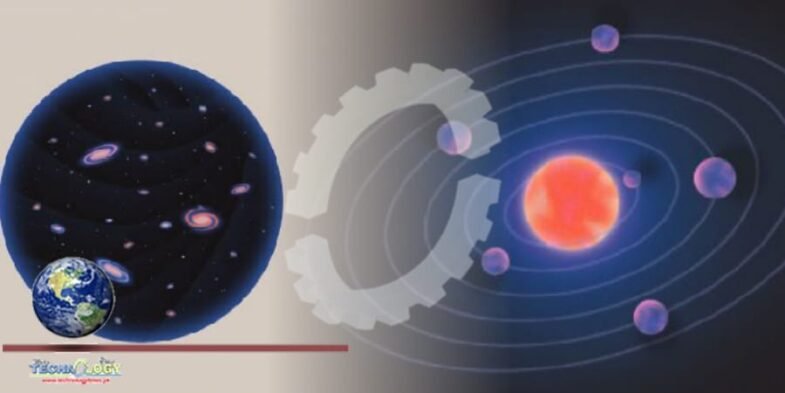The crisis became undeniable in 2016, when, despite a major upgrade, the Large Hadron Collider in Geneva still hadn’t conjured up any of the new elementary particles that theorists had been expecting for decades. The swarm of additional particles would have solved a major puzzle about an already known one, the famed Higgs boson.

The crisis hierarchy problem, as the puzzle is called, asks why the Higgs boson is so lightweight — a hundred million billion times less massive than the highest energy scales that exist in nature.The Higgs mass seems unnaturally dialed down relative to these higher energies, as if huge numbers in the underlying equation that determines its value all miraculously cancel out.
The extra particles would have explained the tiny Higgs mass, restoring what physicists call “naturalness” to their equations. But after the LHC became the third and biggest collider to search in vain for them, it seemed that the very logic about what’s natural in nature might be wrong. “We are confronted with the need to reconsider the guiding principles that have been used for decades to address the most fundamental questions about the physical world,” Gian Giudice, head of the theory division at CERN, the lab that houses the LHC, wrote in 2017.
source:Quantamagazine